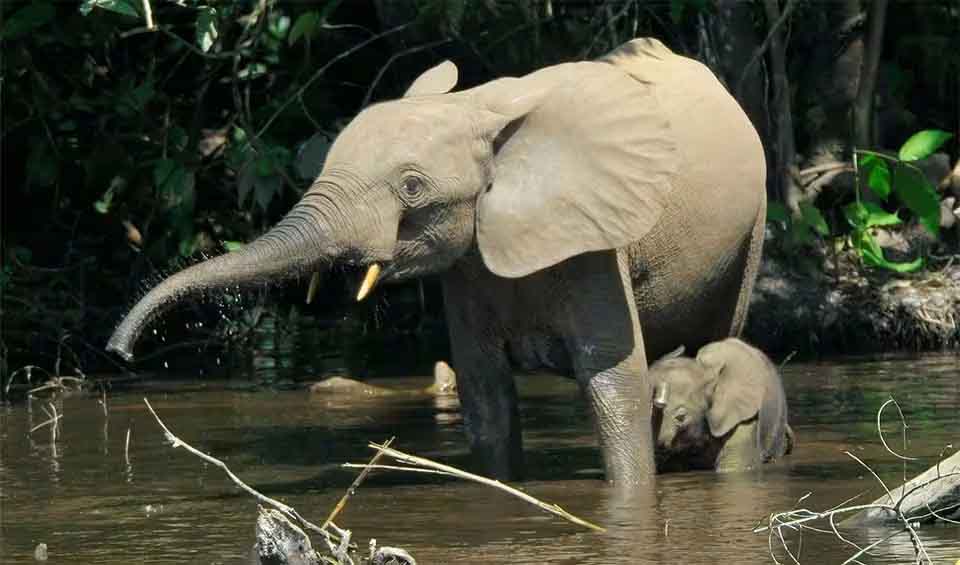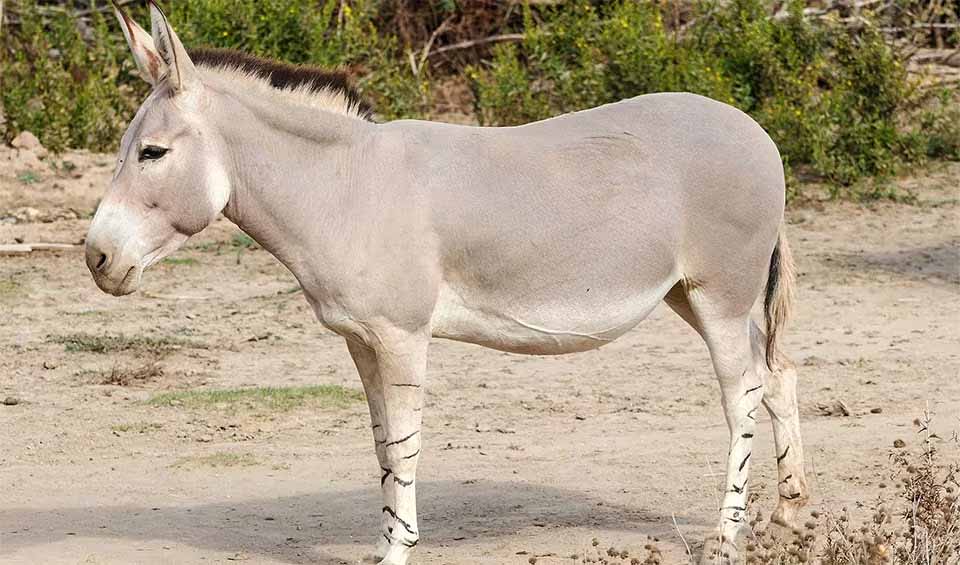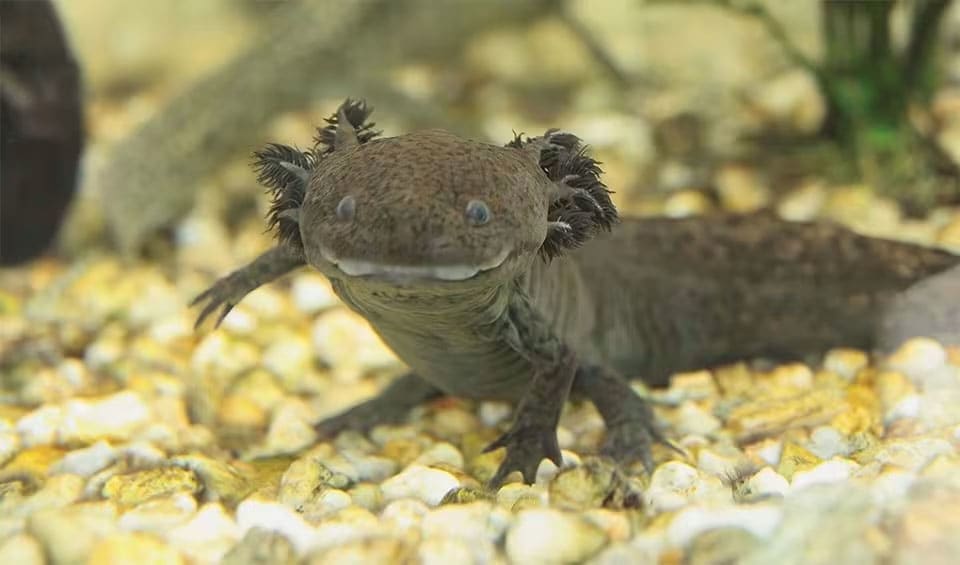Critically endangered animals
There are a number of animals that are currently classified as critically endangered, which means that they are at high risk of becoming extinct in the near future. Some of the most well-known of these animals include, the black rhinoceros, the eastern gorilla, and the Bornean orangutan. These animals have all experienced significant declines in their populations due to a variety of factors, including habitat loss, hunting, and poaching.
Efforts to conserve these animals have been ongoing for many years now and involve a range of different strategies. Some conservation efforts focus on protecting the animals’ natural habitats, while others aim to reduce hunting and poaching. In some cases, captive breeding programs are also used to try and boost the populations of these animals. Despite these efforts, however, many of these animals remain in danger of extinction, and much more work needs to be done to ensure that they continue to thrive in the future.
Black rhinoceros
With 3 out of 8 subspecies have been declared extinct, illegal poaching puts these hooked upper lip rhinos in danger
The demand for their horns in traditional medicines and as a status symbol has led to their decline, and became a Critically Endangered species
African forest elephant
Inhabiting humid forests in West Africa; they are the smallest of the three elephant species
Habitat loss, poaching for ivory, and human-wildlife conflict are major factors contributing to their decline. Conservation efforts include anti-poaching patrols, habitat restoration, and community education to reduce conflict
MoreBornean orangutan
The most common of the three orangutans species. How common? ‘Critically endangered’ common
They’re in serious danger due to habitat loss, hunting, and illegal pet trade. However, conservation efforts such as reforestation are being implemented to ensure their survival.
Eastern gorilla
Much larger than any other ape, it is the rarest of two gorillas species
Habitat loss, hunting, and disease has led them to become critically endangered. Conservation efforts are in place such as reforestation to preserve and protect them
Vaquita
Most endangered marine mammal in the world; possibly as few as ten individuals left!
Critically endangered due to illegal fishing practices. Conservation efforts include monitoring and enforcing fishing regulations and promoting sustainable fishing practices
Addax
Spends most of its life without drinking water, deriving enough moisture from its food and dew on plants
Captive breeding and reintroduction programs and protecting their remaining habitat from further destruction are some of the conservation efforts to protect them from the brink of extinction
MoreAfrican wild ass
Able to survive water lose up to 30% of the body weight, and capable of restoring it within 2-5 minutes when drinking water
At risk of extinction due to habitat loss, hunting, and competition for resources with farm animals. Conservation efforts are implemented to protect their population
Indri
Has a laryngeal air sac, which allows them to sing loud, distinctive songs that can be heard from 2 km (1.2 miles) away
Critically endangered due to habitat loss and hunting. Conservation efforts include reforestation and community education to raise awareness of their importance in Madagascar’s ecosystem
MoreNorth Atlantic right whale
Believed to be only seen by scientists for 50 hours in the last 50 years
Critically endangered with only around 400 individuals left. Conservation efforts have been made to reduce ship strikes and fishing gear entanglements to preserve their population
Chinese giant salamander
A gargantuan beast, though harmless. Not many predators dare touch it —except for, of course, humans
The world’s largest amphibian is critically endangered due to habitat loss and poaching. Conservation efforts include captive breeding and habitat restoration to save the species
Axolotl
With a cartoonish face that resembles a smiling emoji, Axolotl is among the most famous amphibians
They are critically endangered due to habitat loss, pollution and being used for research. Conservation efforts include breeding programs, habitat restoration and public education campaign
MoreGharial
A truly remarkable crocodilian on which rides the holy river Ganges
A species of crocodilian found in India and Nepal, are critically endangered due to habitat loss and poaching. Conservation efforts include captive breeding programs, habitat protection and public awareness campaigns
MoreChinese alligator
One of the only two living alligator species is in a grave danger
It is critically endangered because of habitat loss and hunting. Conservation efforts concentrate on captive breeding, habitat protection, and increasing public awareness
Radiated tortoise
A Critically Endangered “rockstar” tortoise native to the land of Madagascar
They’re critically endangered due to habitat destruction and poaching for their meat and shell. However, there are ongoing efforts to address this issue to ensure their survival
Ploughshare tortoise
With fewer than 100 individuals alive, the species could go extinct in a matter of just a few years
Facing a critical threat of extinction caused by habitat loss and poaching, however, there are significant conservation efforts underway to combat this issue
Kakapo
A huge yet flightless parrot is special in the Māori (the indigenous people of New Zealand) folklore
A flightless parrot native to New Zealand are critically endangered now. Conservation efforts include predator control, habitat restoration, and breeding programs
Sulu hornbill
What does “rare” mean to you? For them, it’s a countdown starting from 27
A rare and critically endangered bird only found in the Philippines. There are efforts to protect their homes and increase their numbers through breeding and educating the public
White-headed vulture
They’re known as ‘old world vultures’ endemic to Africa and the first ones to get a whiff of corpses
A critically endangered species, with only 8,000 individuals left in the wild. Conservation efforts include habitat protection and anti-poaching measures
Philippine eagle
Considered to be the largest eagle in the world in terms of length and wing surface. Also the rarest 🙁
Deforestation, accidental capture in traps, and illegal hunting by farmers have critically endangered the Philippine Eagle, despite its status as the national bird



















